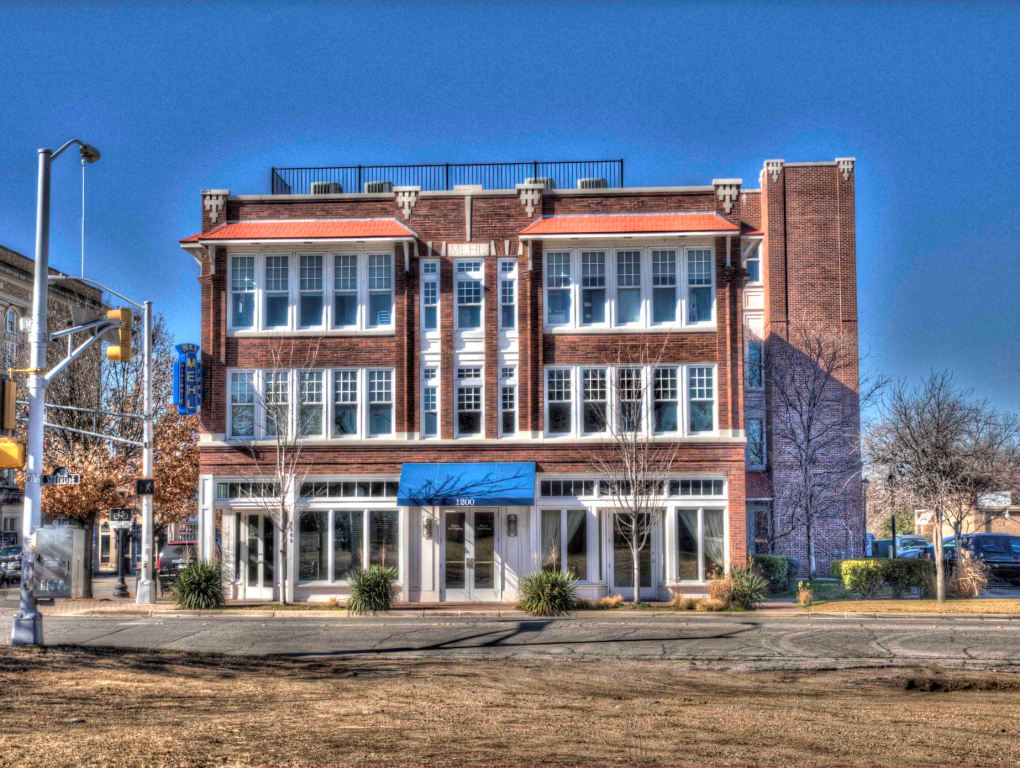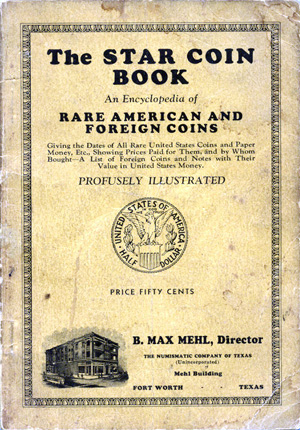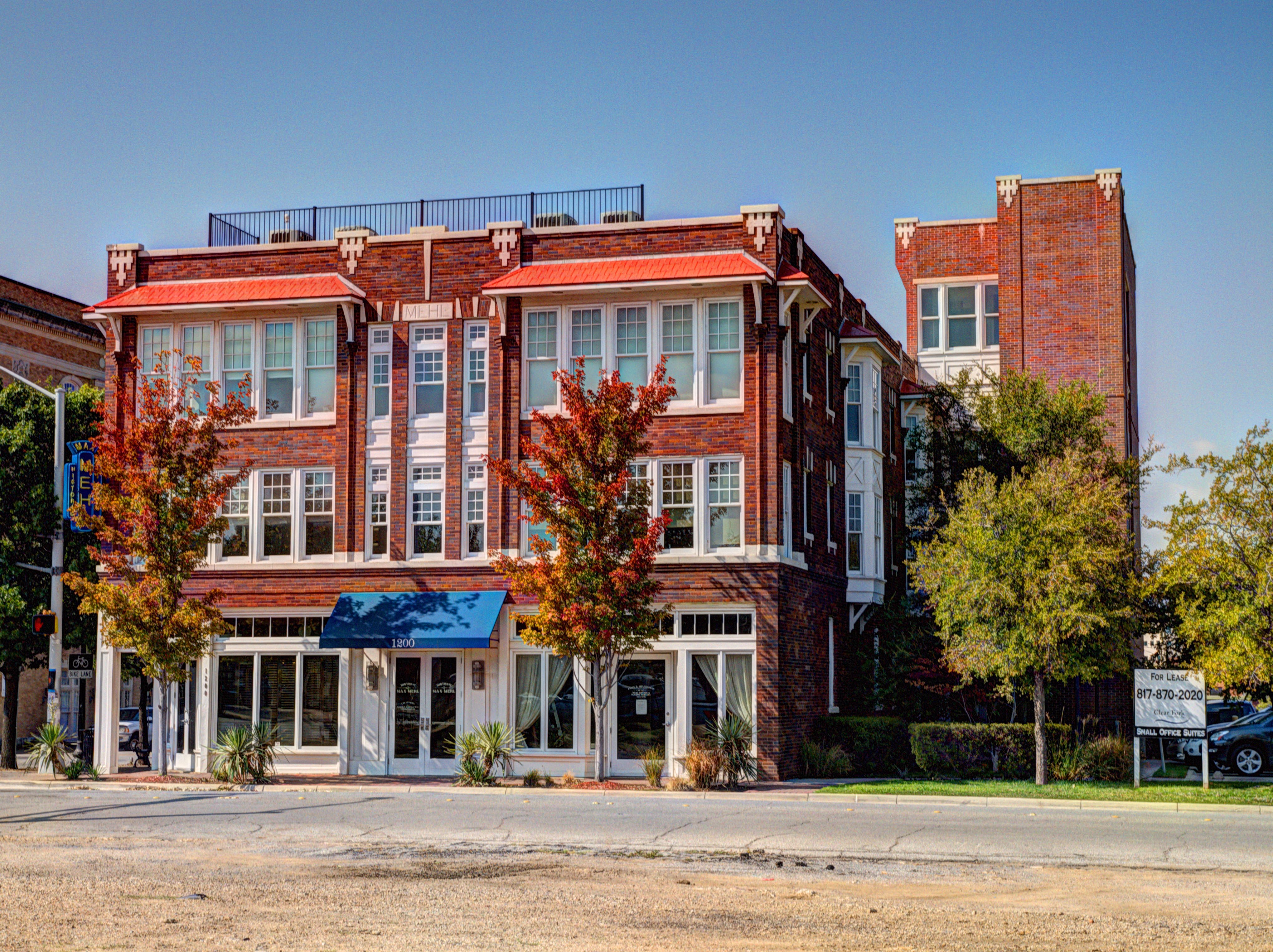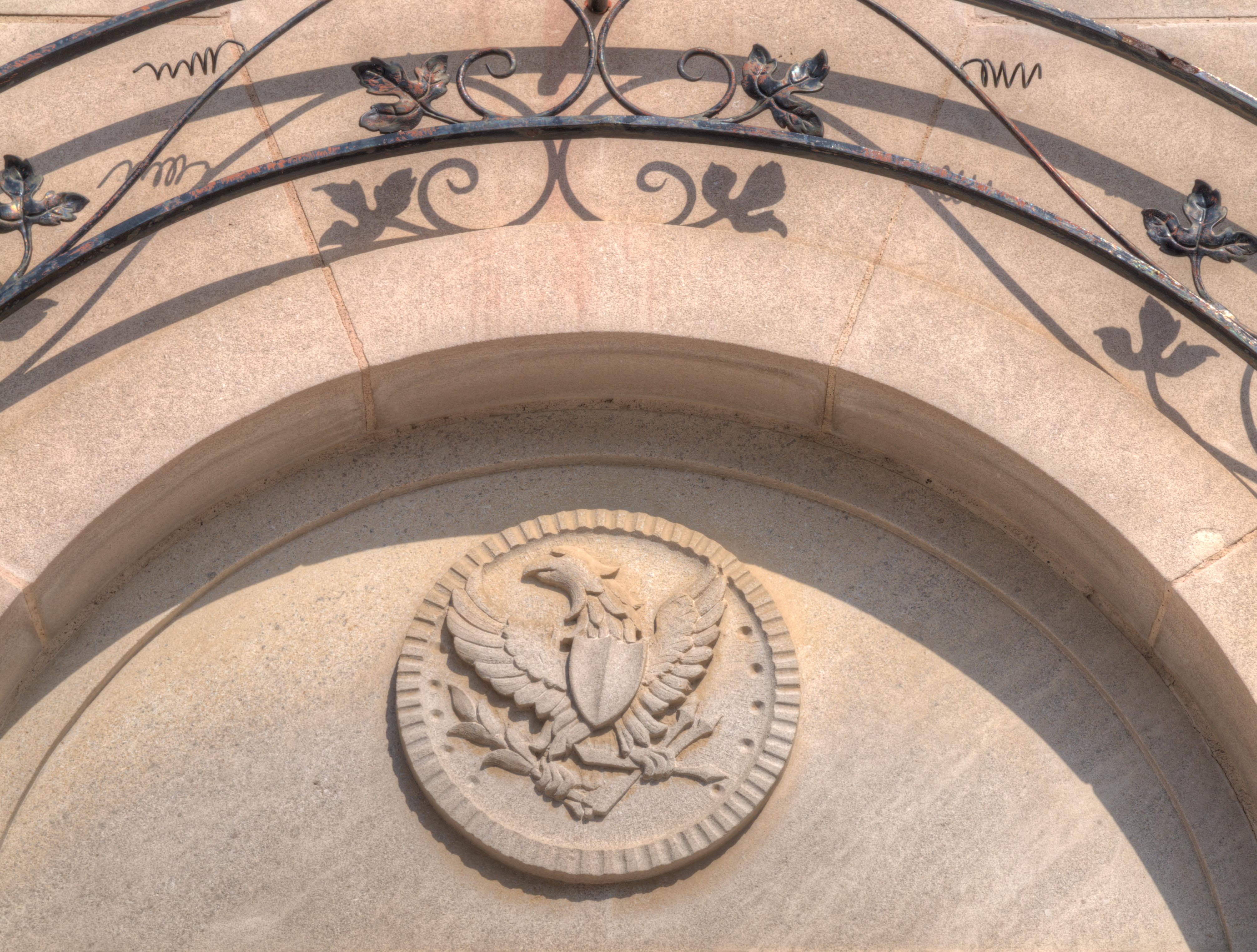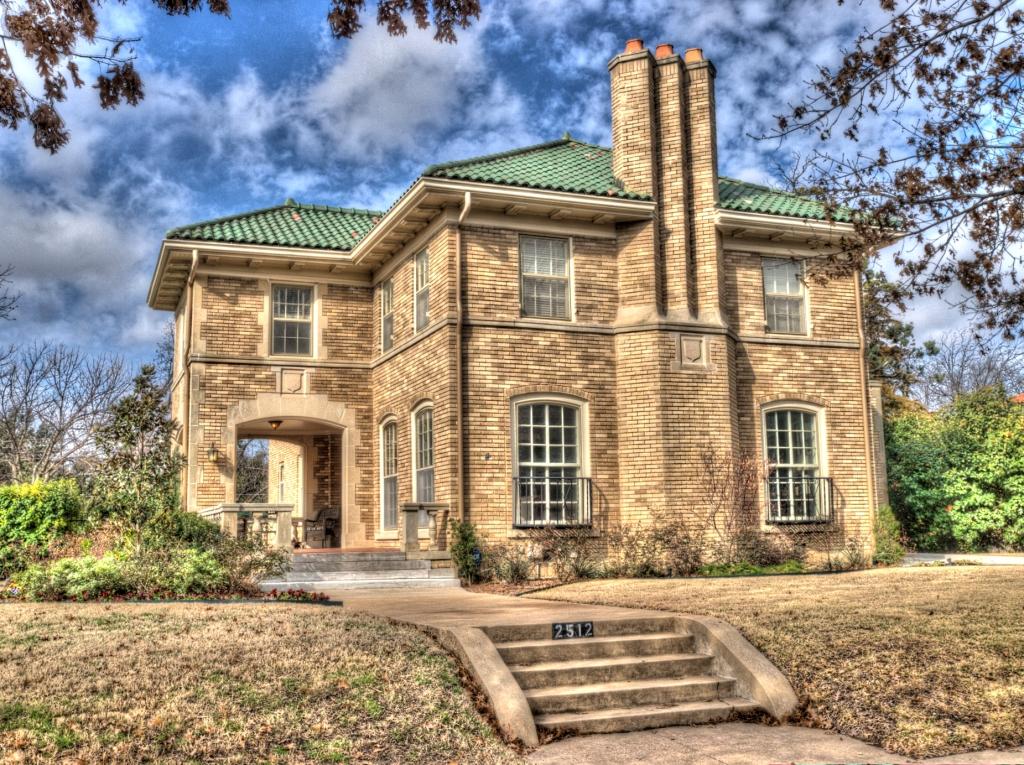Wiley G. Clarkson, Architect
Corsicana: June 1908 to Dec. 1911
Fort Worth: Jan. 1912 to May 5, 1952
Return to Projects Menu
The B. Max Mehl (coin) Building
1200 South Henderson
The building was constructed in 1916 for B. Max Mehl, a world renowned numismatist. It became vacant for a number of years and was in need of repair when it was purchased and restored in the mid-2000's.
The Max Mehl Building
The following is reprinted with permission
B. Max Mehl, Little Numismatic Giant, 1884-1957
By Dr. Sol Taylor
"Making Cents"
Saturday, Oct. 4, 202
http://www.scvhistory.com/scvhistory/signal/coins/soltaylor100408.html8
When I started collecting coins in 1937, I already knew of B. Max Mehl. His magazine ads had popularized coin collecting as none had before, and kids and adults alike were scouring the loose change, the piggy bank and their local banks in search of the "keepers."
Mehl was born in Europe in 1884 and immigrated to the United States as a boy. He started his modest coin buying and selling business as a home-based enterprise in Fort Worth, Texas. In 1903 his first ad appeared in "The Numismatist."
In 1904 he published the first of a series of coin price booklets, which he distributed widely by mail. The first series was known as "Catalogue of Fine Selections of Choice United States, Gold, Silver and Copper Coins, Private and Territorial Gold, United States Fractional Currency, etc. etc."
In 1906, Mehl had spent $12.50 on an ad in Colliers magazine. Also in 1906 he rented space in an office building at 1309 Main Street.
It was reported in several sources that in the early 20th Century, more than half of the incoming mail to Fort Worth went to 1309 Main Street.
His draw from his ads was exceptional, as no other dealer was so resourceful at the time. His "Star Rare Coin Book" was a featured seller in his ads at 50 cents a copy.
By 1916 he had a new building erected at 1204 W. Magnolia, just south of downtown Fort Worth, and named it the "Max Mehl Building." It still stands today.
By 1924, Mehl's annual advertising budget grew to $50,000 — an unheard of amount even for major retailers of the time. His book included prices he offered for various rare coins including the $50 for any 1913 Liberty head nickel. He never got one from the ads, but many years later bought one for hundreds of times that amount.
Among his well-known customers were Winston Churchill, Franklin D. Roosevelt and Amon Carter. He sold the collection of William Forrester Dunham (1857-1936) in 1941 for $83,364.08 — a staggering amount for the time. It included the stars of U.S. coinage: 1804 silver dollar, 1822 $5 gold piece, 1802 half dime, and a broad selection of tokens. The three key coins alone would bring well over $3.5 million today.
In his later years, Mehl moved to Southern California and operated his business from Beverly Hills. In a 1966 ad in "The Numismatist," he featured various Washington quarters for 50 cents each and sets of chrome-plated steel cents (1943 P, D, S) for $1.
His fame in the field is largely due to his spreading the gospel, so to speak, of numismatics for all. Most of the dealers of his day were more tuned into the well heeled clients who were patrons of the arts of their day. This was well before such innovations as Coin World, Whitman coin folders, huge coin conventions, formal coin grading, and investment-driven buyers and speculators.
Although Mehl was short in stature at perhaps 5'4", he was a giant in the field.
His methods were hucksterish, but B. Max Mehl's advertising vehicles taught
countless Americans that some coins can be worth more than the amount stated on them.
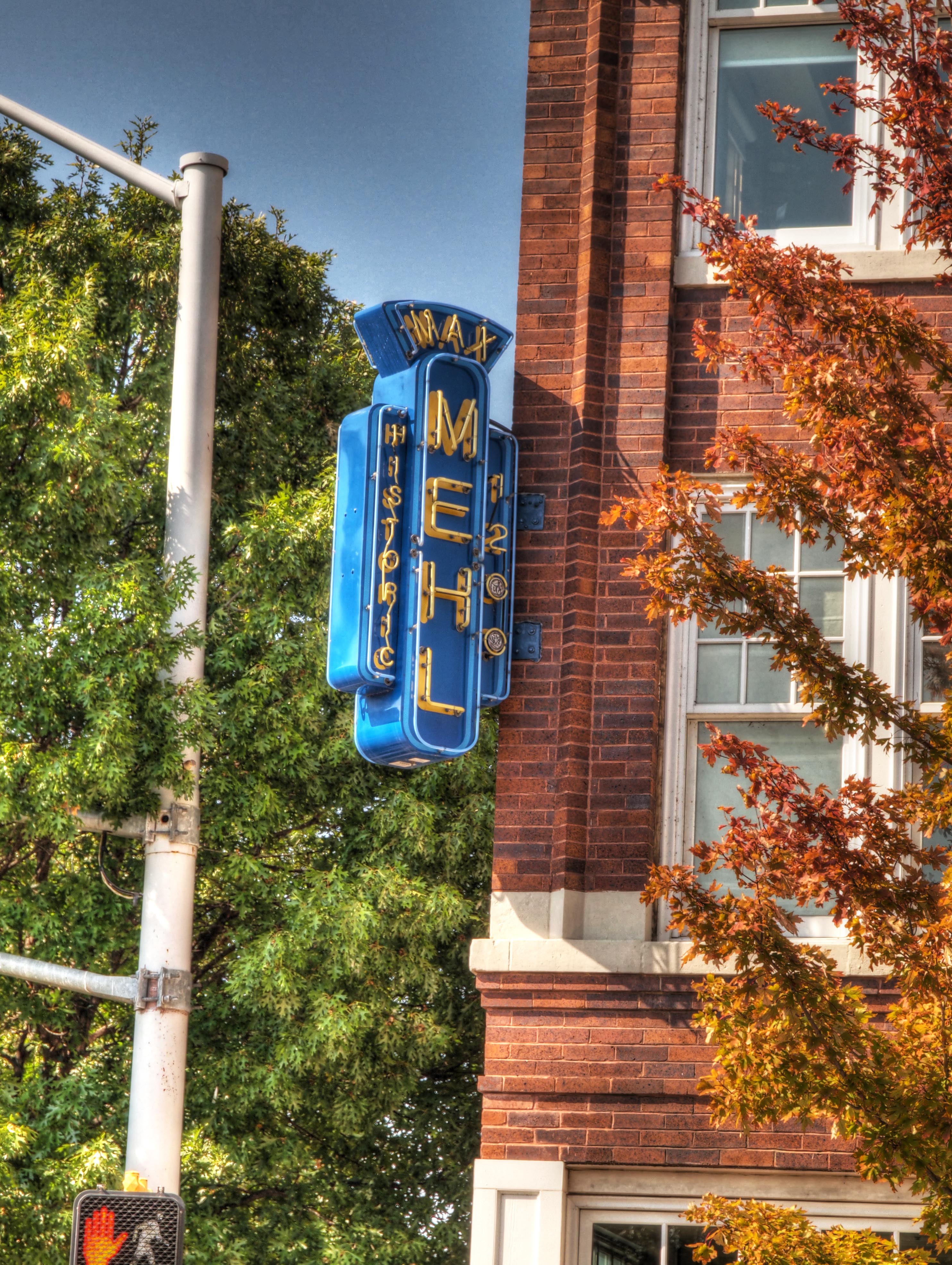
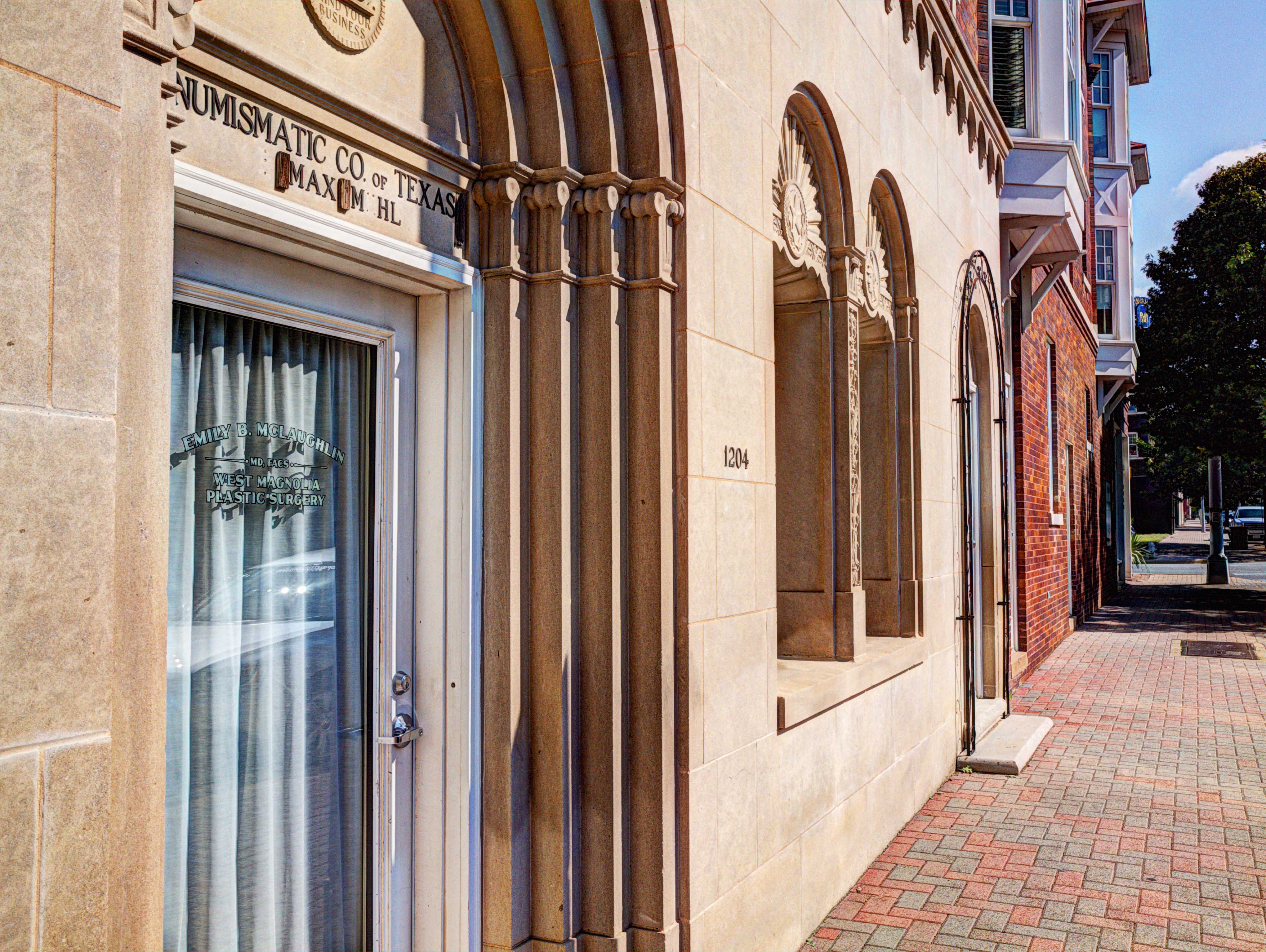
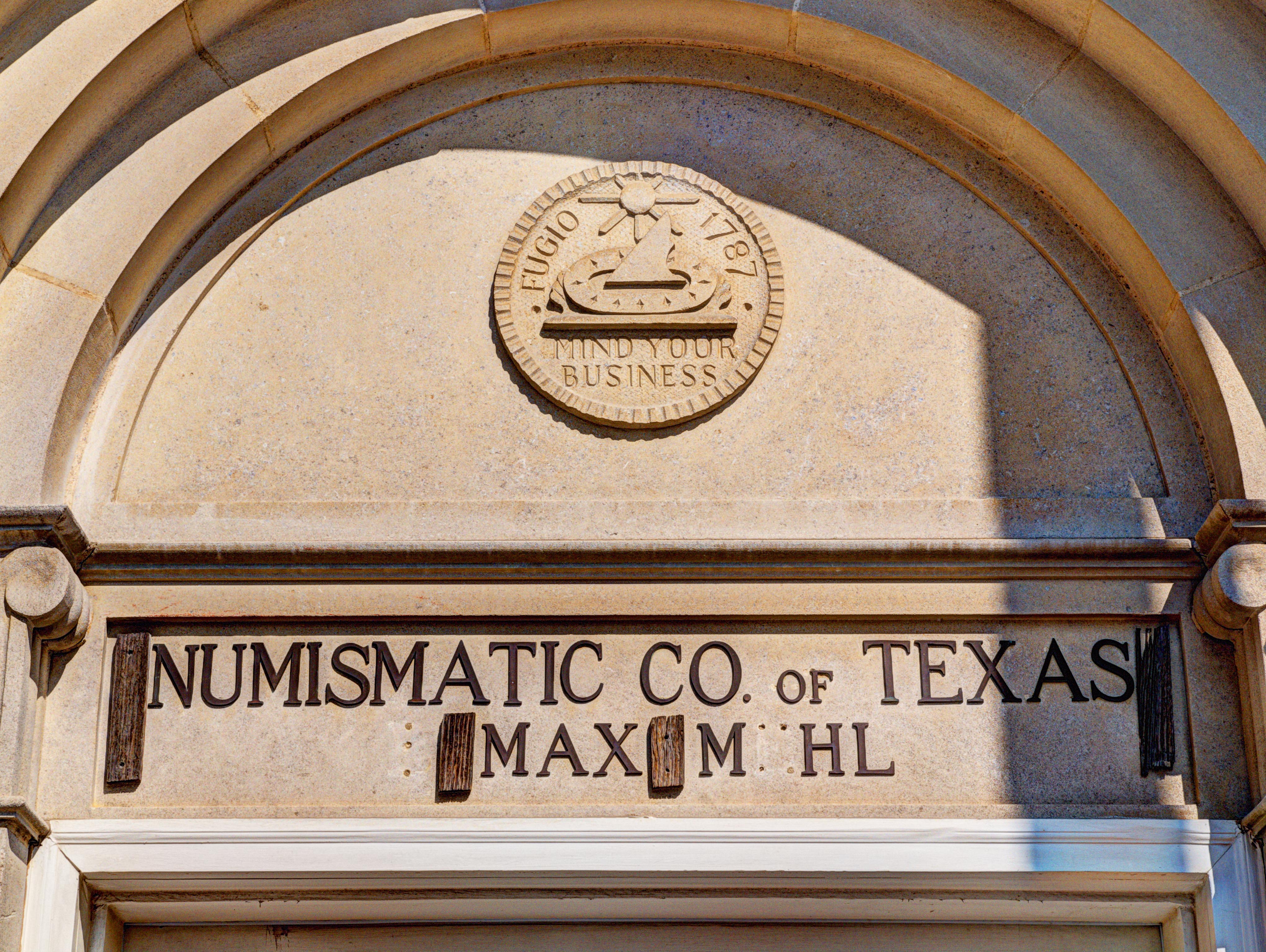
Max Mehl's House at 2512 South Adams
TAD 1927
(drawer 2 Job #396)
Designed for Mr. Max Mehl by Charles O. Chromaster, who was a architect/designer employed by Clarkson during the 1920's and one of seven men employed by Clarkson in the 1920's. It is unknown how long Chromaster worked for Clarkson but according to the "The Genealogy of Fort Worth Architecture: 1877-1946", Chromaster did not start his on architectural firm until sometime in the early 1940's. The house for Mehl is apparently one of the few houses that the name of the person who performed the drafting design work in my grandfather's firm is known. Mr. Chromaster went on to become well known in his own firm in later years (see Buildings) as did other architects who were associated with Clarkson early in their careers.
